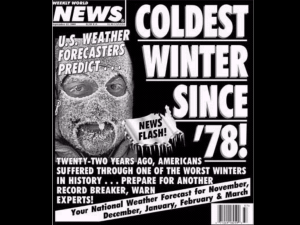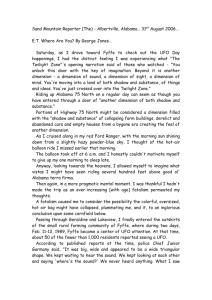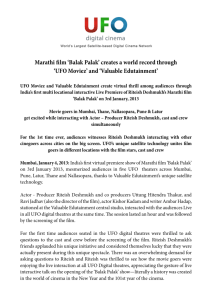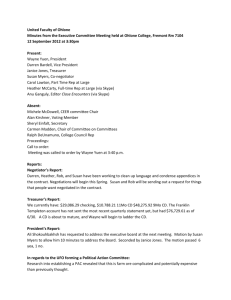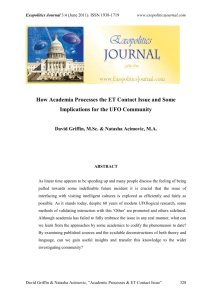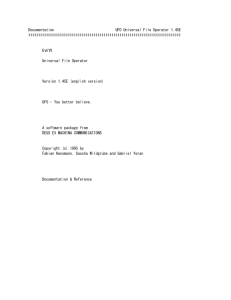The ugly truth about ufology
advertisement
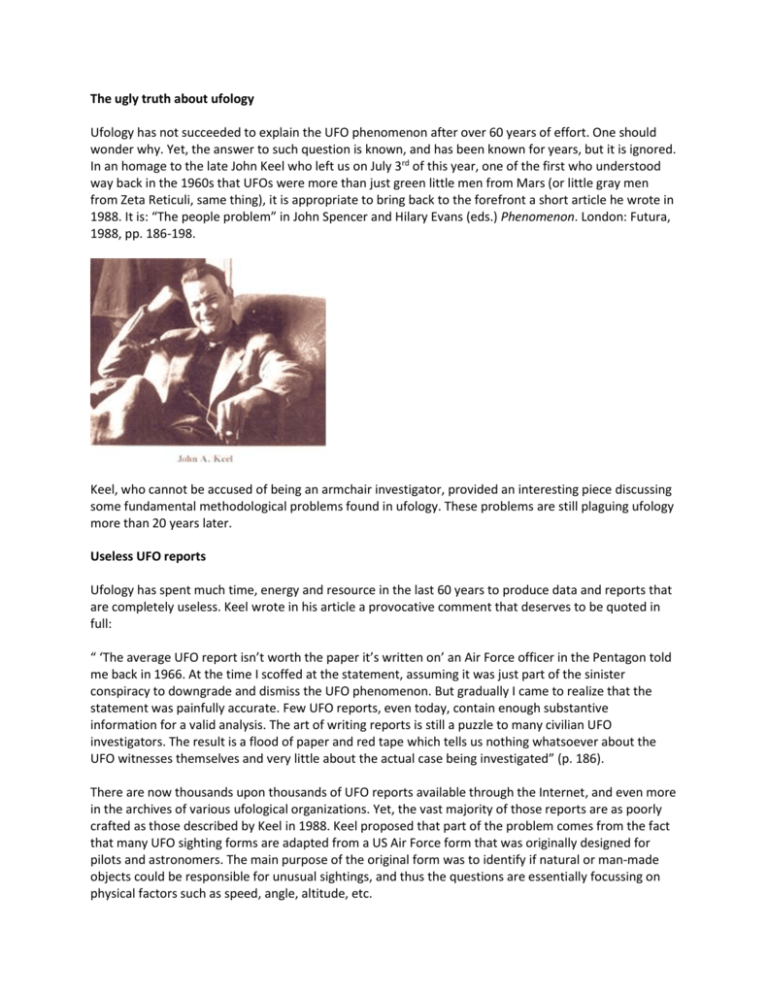
The ugly truth about ufology Ufology has not succeeded to explain the UFO phenomenon after over 60 years of effort. One should wonder why. Yet, the answer to such question is known, and has been known for years, but it is ignored. In an homage to the late John Keel who left us on July 3rd of this year, one of the first who understood way back in the 1960s that UFOs were more than just green little men from Mars (or little gray men from Zeta Reticuli, same thing), it is appropriate to bring back to the forefront a short article he wrote in 1988. It is: “The people problem” in John Spencer and Hilary Evans (eds.) Phenomenon. London: Futura, 1988, pp. 186-198. Keel, who cannot be accused of being an armchair investigator, provided an interesting piece discussing some fundamental methodological problems found in ufology. These problems are still plaguing ufology more than 20 years later. Useless UFO reports Ufology has spent much time, energy and resource in the last 60 years to produce data and reports that are completely useless. Keel wrote in his article a provocative comment that deserves to be quoted in full: “ ‘The average UFO report isn’t worth the paper it’s written on’ an Air Force officer in the Pentagon told me back in 1966. At the time I scoffed at the statement, assuming it was just part of the sinister conspiracy to downgrade and dismiss the UFO phenomenon. But gradually I came to realize that the statement was painfully accurate. Few UFO reports, even today, contain enough substantive information for a valid analysis. The art of writing reports is still a puzzle to many civilian UFO investigators. The result is a flood of paper and red tape which tells us nothing whatsoever about the UFO witnesses themselves and very little about the actual case being investigated” (p. 186). There are now thousands upon thousands of UFO reports available through the Internet, and even more in the archives of various ufological organizations. Yet, the vast majority of those reports are as poorly crafted as those described by Keel in 1988. Keel proposed that part of the problem comes from the fact that many UFO sighting forms are adapted from a US Air Force form that was originally designed for pilots and astronomers. The main purpose of the original form was to identify if natural or man-made objects could be responsible for unusual sightings, and thus the questions are essentially focussing on physical factors such as speed, angle, altitude, etc. Like any other questionnaire, these forms are not “objective,” as they have a built-in bias (towards known flying objects in this case). The key here is to realize that any such forms can only show that there is “insufficient information” to assess the sighting (because it does not conform to known flying objects) and therefore they can only produce knowledge to be labelled as “unexplained phenomenon”. In other words, the form is not designed to gather information to help explaining unusual sightings. It tells nothing about the phenomenon itself, it only helps to show that it is an unknown phenomenon. You can have ten million of those reports, and the issue will remain the same: OK, I know there are unidentified flying objects in the sky, so what? Such form was probably useful in the 1950s, when investigators were still trying to prove that there are unexplained aerial phenomena (UAP). It has been a long time now that the existence of UAP is no more questioned. Hence, continuing to use this type of form as the key tool to gather ufological data is simply a waste of time. Yet, most ufologists still do. Keel was probably too polite to discuss why such a mistake was done over and over. The ugly truth When someone, or a group, is doing the same mistake over and over, even after being told, then it is because there is a payoff in keeping doing the same mistake (as Dr. Phil would say). What could be the payoff for ufologists? Unconsciously, they know that if they do otherwise, their core belief (i.e. the basic Extra-Terrestrial Hypothesis) would be clearly exposed as being false. Hence, by collecting useless data they can continue to be actively engaged in ufological research while unconsciously maintaining the mystery about the phenomenon so that their core belief is protected from reality. This type of selffooling is called mystification. Beyond mystification, using this type of form is also contributing to the self-delusion of many ufologists. By gathering quantitative data that look like “scientific” (speed, angle, temperature, elevation, etc.) they think they are doing scientific work, while in fact they are simply gathering useless data. This selfdelusion is very useful to reinforce the apparent legitimacy of the mystification process. The evacuation of useful information Keel also added in his article that “whenever a civilian UFO research organization came across a case containing puzzling psychic elements, it has been a long established practice to cry ‘hoax’ and brand the innocent, well-meaning witnesses liars and frauds. They fail, however, to realize that the stranger the ingredients in the witnesses’ stories, the more likely it is that the reported incidents are true.” (p. 191). The key missing piece in ufology, as we are fully aware since the 1970s, is about the witnesses themselves. As Keel wrote, “it is important to extract a complete biography of the witness with emphasis on any unusual psychic or occult experiences they may have had prior to their UFO encounter. I discovered that the majority of all witnesses had latent or active psychic abilities and after I revealed this in a series of articles in the 1960s other independent investigators around the world confirmed it in their own research” (p. 192). These findings have been confirmed by a number of studies since. Yet, how often a typical UFO report gathers such information, even in 2009? Evicting people from their own experience is probably the most serious aspect of the mystification process. Understanding who the witnesses are, what is happening in their life, and how they construed their ufological experience (from their own perspective) are critical data to understand the phenomenon. This type of information is more often than not excluded from the typical UFO reports. Once again, Keel wrote that “civilian UFO organizations have never made any progress because they have been concerned with trying to interpret the meaning of the objects, determining their source and attacking the Air Force explanations. Proving the reliability of witnesses became more important to them than learning the details of what the witnesses actually experienced” (p. 194). Keel’s overall assessment of ufological organizations could not be clearer. The ugly truth about the last 60 years of ufology needs to be exposed in full, even if it is painful and unpleasant. Ufology will continue to decline and become an even more marginal topic if it fails to reform itself in the near future. The good thing is that both the problems and the solutions are known.
